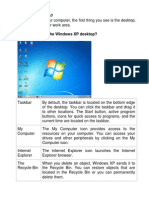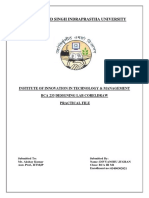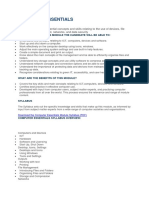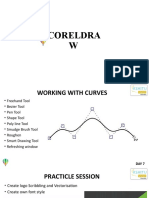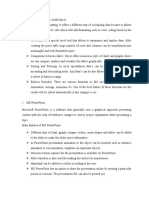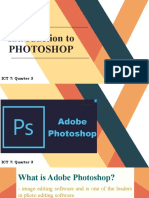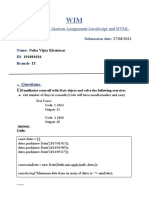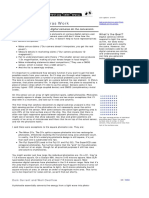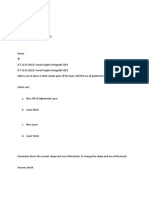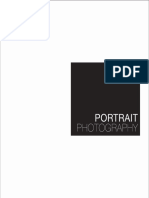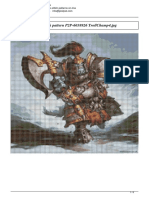0% found this document useful (0 votes)
195 views21 pagesAdvantages of Visual Communicatio1
The document discusses the advantages and disadvantages of visual communication, emphasizing its effectiveness for illiterate audiences and quick decision-making, while noting the costs and interpretation challenges. It covers graphic design principles, types, and tools, highlighting the differences between graphic design and art, as well as the importance of design thinking in problem-solving. Additionally, it outlines design elements such as lines, shapes, colors, and textures, and the significance of unity and alignment in creating effective visual communication.
Uploaded by
mohammedansarali.maCopyright
© © All Rights Reserved
We take content rights seriously. If you suspect this is your content, claim it here.
Available Formats
Download as DOCX, PDF, TXT or read online on Scribd
0% found this document useful (0 votes)
195 views21 pagesAdvantages of Visual Communicatio1
The document discusses the advantages and disadvantages of visual communication, emphasizing its effectiveness for illiterate audiences and quick decision-making, while noting the costs and interpretation challenges. It covers graphic design principles, types, and tools, highlighting the differences between graphic design and art, as well as the importance of design thinking in problem-solving. Additionally, it outlines design elements such as lines, shapes, colors, and textures, and the significance of unity and alignment in creating effective visual communication.
Uploaded by
mohammedansarali.maCopyright
© © All Rights Reserved
We take content rights seriously. If you suspect this is your content, claim it here.
Available Formats
Download as DOCX, PDF, TXT or read online on Scribd
/ 21


